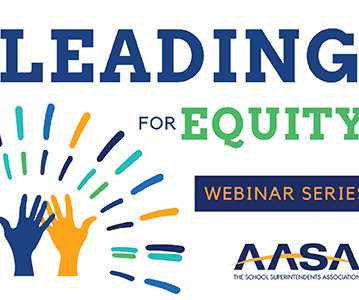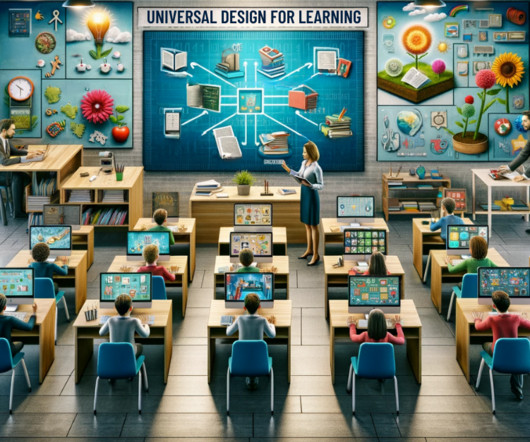Not So Typical Personalized Learning Predictions for 2019
Education Elements
JANUARY 9, 2019
It started with scuba diving in 2003, snowboarding in 2008, swimming in 2013, and this year was surfing. While the instruction was 1:1 and technically couldn’t be more personalized for me, I was surprised by how much each instructor met or didn’t meet my needs.





















Let's personalize your content